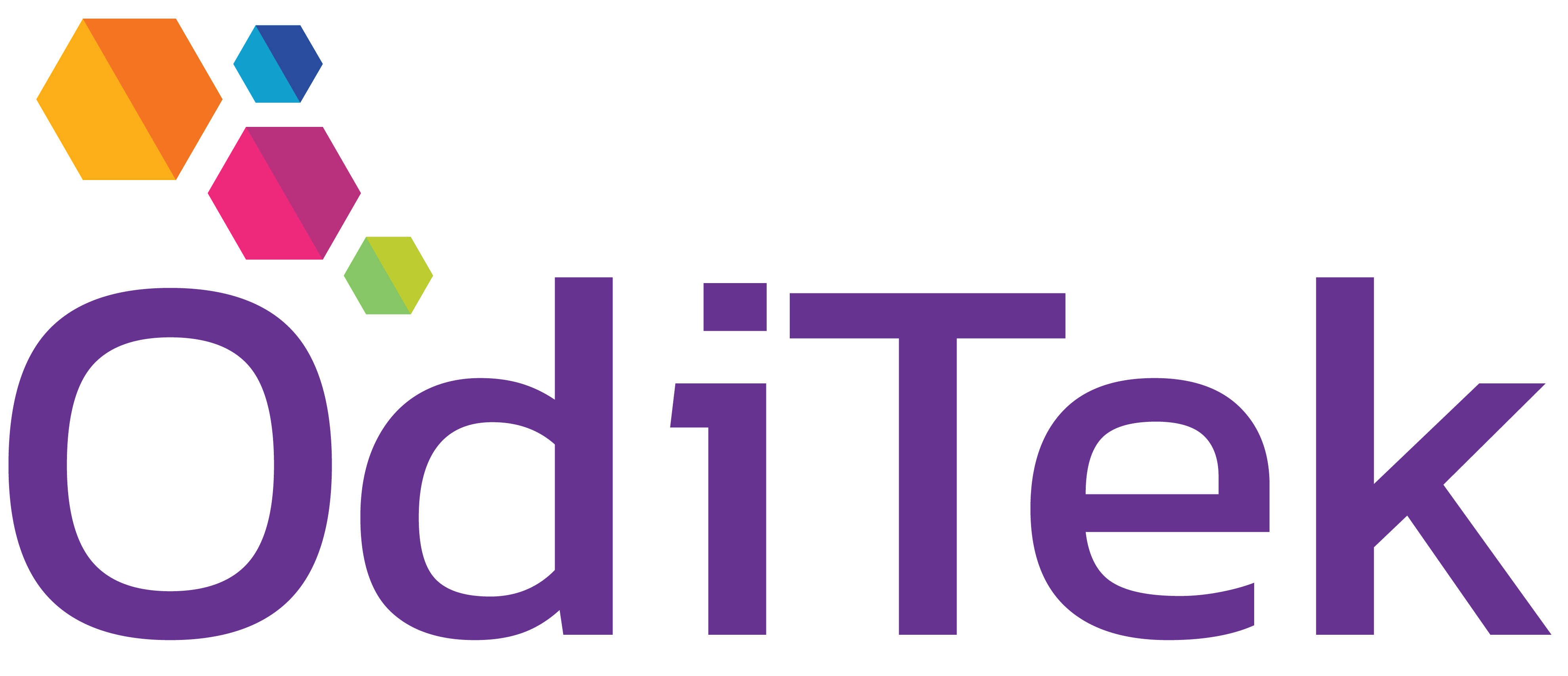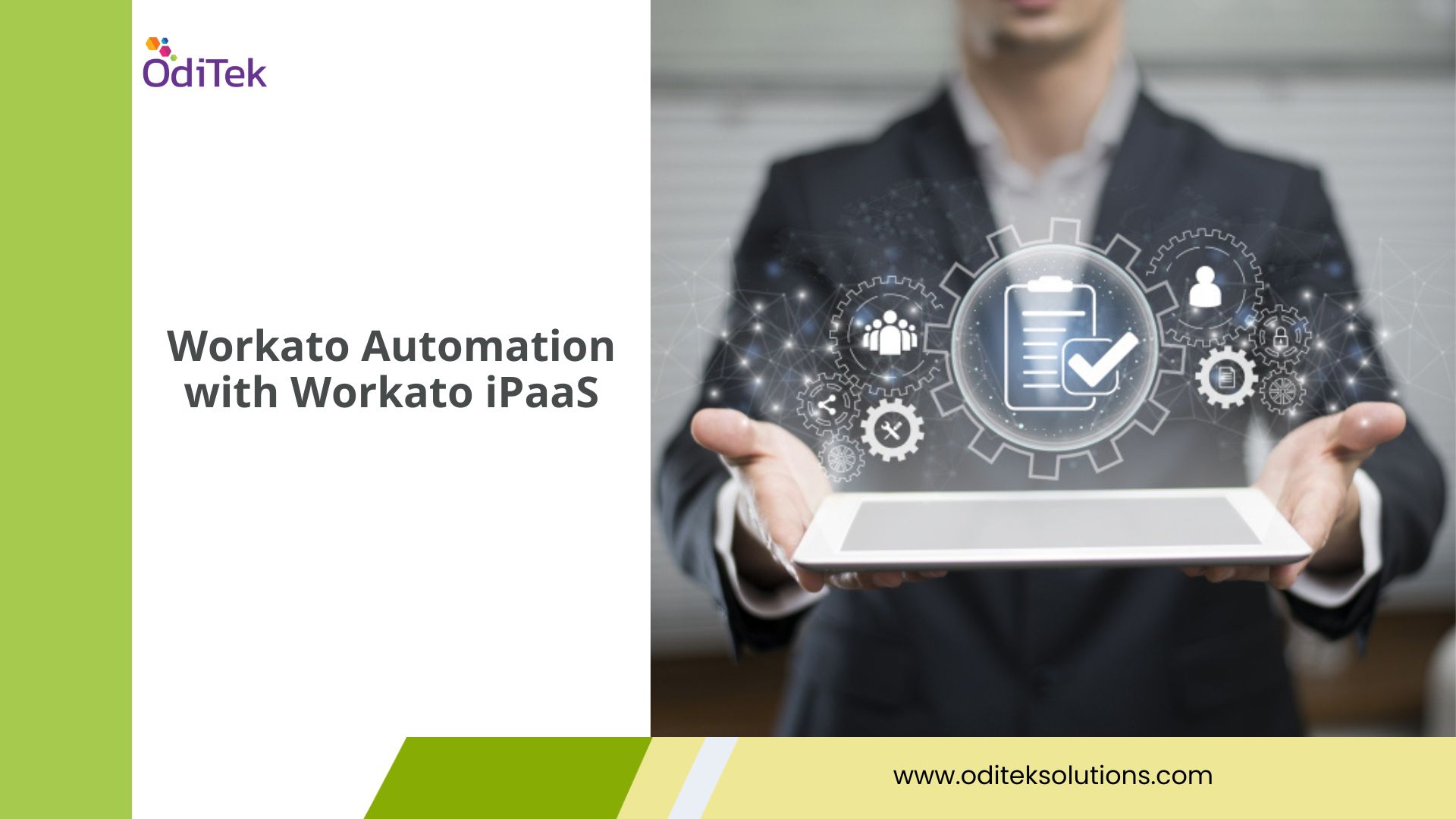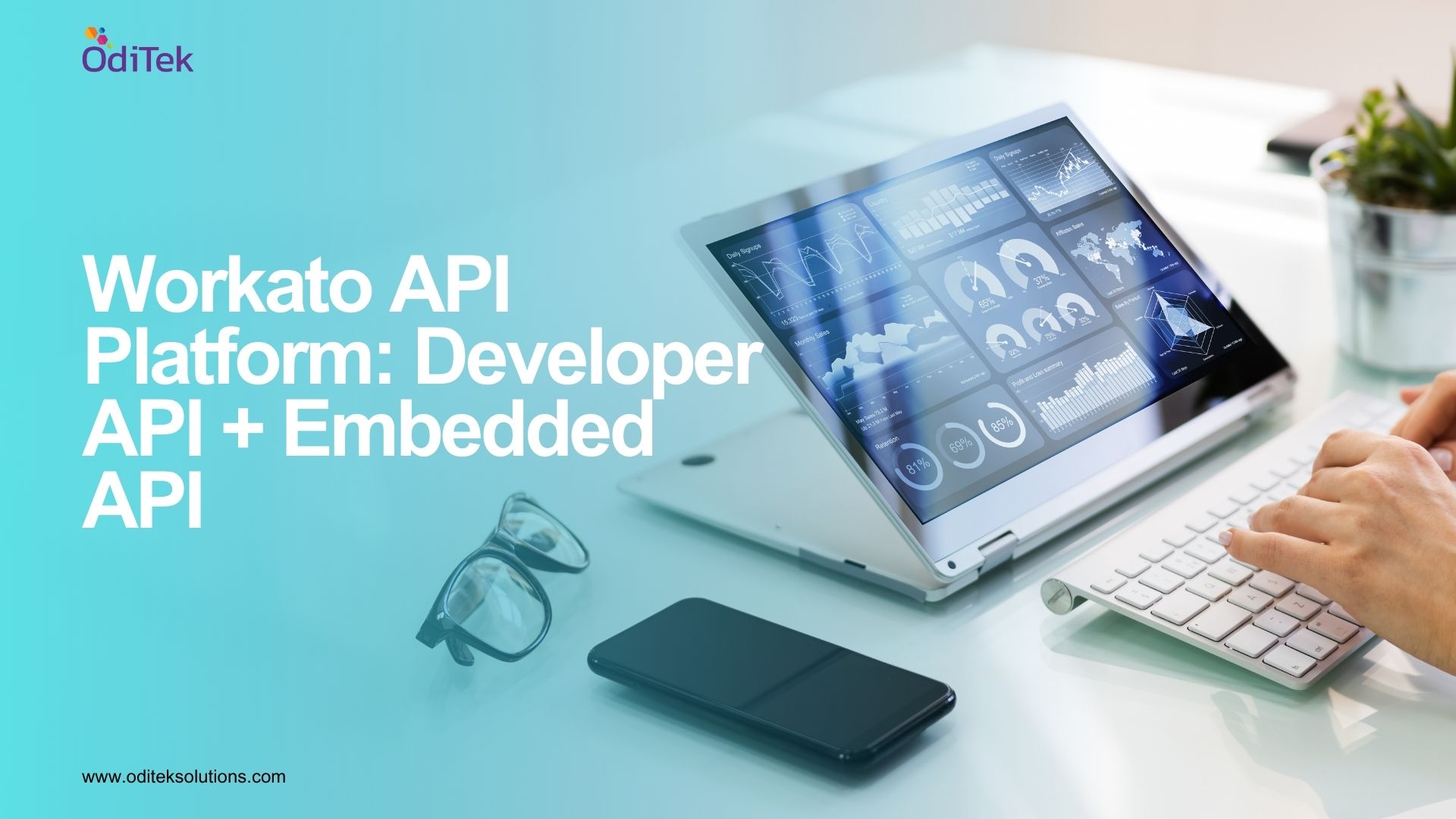Object detection in images is revolutionizing accessibility, particularly for visually impaired individuals. By leveraging cutting-edge object detection frameworks, AI-driven solutions provide real-time assistance, fostering greater independence and mobility. This blog explores how one-shot object detection and other advanced techniques are transforming everyday environments for blind and low-vision people.
What is Object Detection?
Object detection is a computer vision technique that empowers machines to identify and locate objects within an image or video. Using deep learning models, these systems recognize various objects, label them, and pinpoint their positions with high accuracy. This technology goes beyond simple image classification by not only recognizing what objects are present but also where they are located within the scene.
How Object Detection in Images Works
Modern object detection frameworks employ deep neural networks, often utilizing architectures like YOLO (You Only Look Once), SSD (Single Shot MultiBox Detector), and Faster R-RCNN. These models analyze images, extracting key features to detect and classify objects. Here’s a simplified breakdown:
1. Feature Extraction
Convolutional Neural Networks (CNNs) process the image, identifying distinctive patterns and features like edges, shapes, and textures.
2. Region Proposal (for some models)
Some architectures propose regions of the image that might contain objects. Faster R-CNN, for example, uses a separate network to suggest these regions. YOLO and SSD skip this step for faster processing.
3. Classification and Localization
The network classifies the objects within the proposed regions (or the whole image for one-shot detectors) and draws bounding boxes around them to indicate their location.4. Non-Maximum Suppression (NMS)
This process eliminates duplicate or overlapping bounding boxes, ensuring only the most accurate detections are retained.
One-shot object detection, like YOLO, processes an image in a single pass, making it ideal for real-time applications crucial for assistive technologies.
Object Detection for Blind People
For visually impaired individuals, navigating unfamiliar environments can be daunting. Object detection technology significantly enhances accessibility by:
1. Providing Rich Audio Feedback
AI-powered applications describe surroundings through detailed speech synthesis, allowing users to “see” with sound. These systems detect objects like furniture, doors, people, traffic signals, crosswalks, and even obstacles like potholes or low-hanging branches, providing descriptive audio cues in real-time. Some apps allow users to ask specific questions like, “What’s to my left?” or “Is there a chair nearby?”, further enhancing situational awareness.
2. Enabling Smart Navigation
Object detection frameworks detect obstacles, traffic signals, pedestrian crossings, and even the direction of traffic flow. This is especially beneficial in complex urban environments where avoiding hazards like parked bicycles, construction zones, or moving vehicles is critical. AI-based navigation systems integrate with GPS to provide turn-by-turn guidance while simultaneously alerting users about upcoming obstacles and changes in the environment.
3. Enhancing Daily Activities
Users can identify objects like groceries, currency, personal belongings, and even medication bottles, improving independence. AI-powered apps recognize and read labels on food packaging, help differentiate between currency denominations, and identify personal care items. This significantly reduces reliance on sighted assistance for everyday tasks. Imagine an app that can not only identify a can of soup but also tell you the flavor!
4. Facilitating Social Interaction
Object detection can assist in recognizing faces, allowing visually impaired individuals to identify people they know. This can be coupled with facial recognition technology to announce the name of the person, making social interactions more comfortable and natural.
Real-World Applications
Several assistive technologies integrate object detection to help the visually impaired:
1. Smart Glasses
Wearable devices equipped with cameras and AI-powered object detection frameworks provide real-time audio feedback. These smart glasses can detect objects, read signs and menus aloud, and recognize faces. Some models incorporate haptic feedback for additional guidance, vibrating to indicate the direction of an object or obstacle.
2. Mobile Apps
Apps like Seeing AI, Lazarillo, and Be My Eyes use AI to identify objects, read text aloud, and describe scenes. Seeing AI, developed by Microsoft, can read text instantly, identify products using barcodes, and recognize faces. Lazarillo focuses on indoor navigation, helping users find specific rooms or amenities within a building. Be My Eyes connects visually impaired users with sighted volunteers for real-time assistance via video call.
3. Navigation Assistants
AI-driven cane attachments and GPS-integrated solutions use object detection to guide users safely. Smart canes are equipped with ultrasonic sensors and AI-powered cameras that detect obstacles and provide vibration alerts. GPS-based solutions offer real-time route guidance, ensuring safe travel in unfamiliar areas. Some systems even integrate with ride-sharing apps, providing drivers with information about the passenger’s visual impairment and any specific needs.
Challenges and Future Prospects
While object detection for accessibility has made significant progress, challenges remain:
1. Accuracy and Robustness
Poor lighting, occlusions (objects partially hidden), and varying object appearances can impact detection accuracy. Models must be trained on diverse and representative datasets to improve robustness under different environmental conditions. Research into more robust algorithms and synthetic data generation can help address this.
2. Latency and Processing Speed
Real-time detection demands optimized models and efficient hardware. AI-powered solutions require low-latency responses for immediate assistance. Edge computing, where processing occurs on the device, can significantly reduce lag time and enhance reliability. Further optimization of model architectures and hardware acceleration are crucial.
3. Contextual Understanding
Current systems often struggle with understanding the context of a scene. For example, a system might identify a “chair” but not understand that it’s part of a dining table setting. Integrating scene understanding and contextual reasoning will be a key area of future development.
4. Affordability and Accessibility
Advanced AI-powered accessibility tools should be cost-effective for widespread adoption. Open-source AI models, government funding, and nonprofit collaborations can help drive down costs and make these solutions more accessible.
5. Privacy Concerns
Devices that capture images and videos raise privacy concerns. Ensuring data security and user control over data sharing is paramount.
Looking ahead, the future of object detection in accessibility lies in:
1. Refining One-Shot Object Detection
Continued research on one-shot and few-shot learning will improve the efficiency and adaptability of these systems.
2. Enhancing AI Models
Advances in AI, such as self-supervised learning and multimodal sensor fusion (combining information from cameras, depth sensors, and other sources), will lead to more robust and accurate object detection.
3. Integrating with IoT and Wearable Technologies
Seamless integration with smart home devices, public transportation systems, and other IoT infrastructure will create more connected and accessible environments.
4. Personalized Assistance
Future systems will likely be able to learn individual user preferences and needs, providing more personalized and tailored assistance.
5. Improved Haptic Feedback
More sophisticated haptic feedback systems can provide richer information about the environment, supplementing audio cues.
Conclusion
Object detection in images is transforming accessibility, offering visually impaired individuals newfound independence. As object detection frameworks evolve, they promise even more innovative and reliable assistive technologies. With continued advancements, we can move towards a more inclusive world where technology bridges the gap between vision and perception, empowering individuals to navigate the world with greater confidence and autonomy.
Have questions or need expert guidance on integrating object detection for accessibility solutions? Contact our team today to explore AI-driven innovations and find the best solutions tailored to your needs. Let’s build a more inclusive future together!







